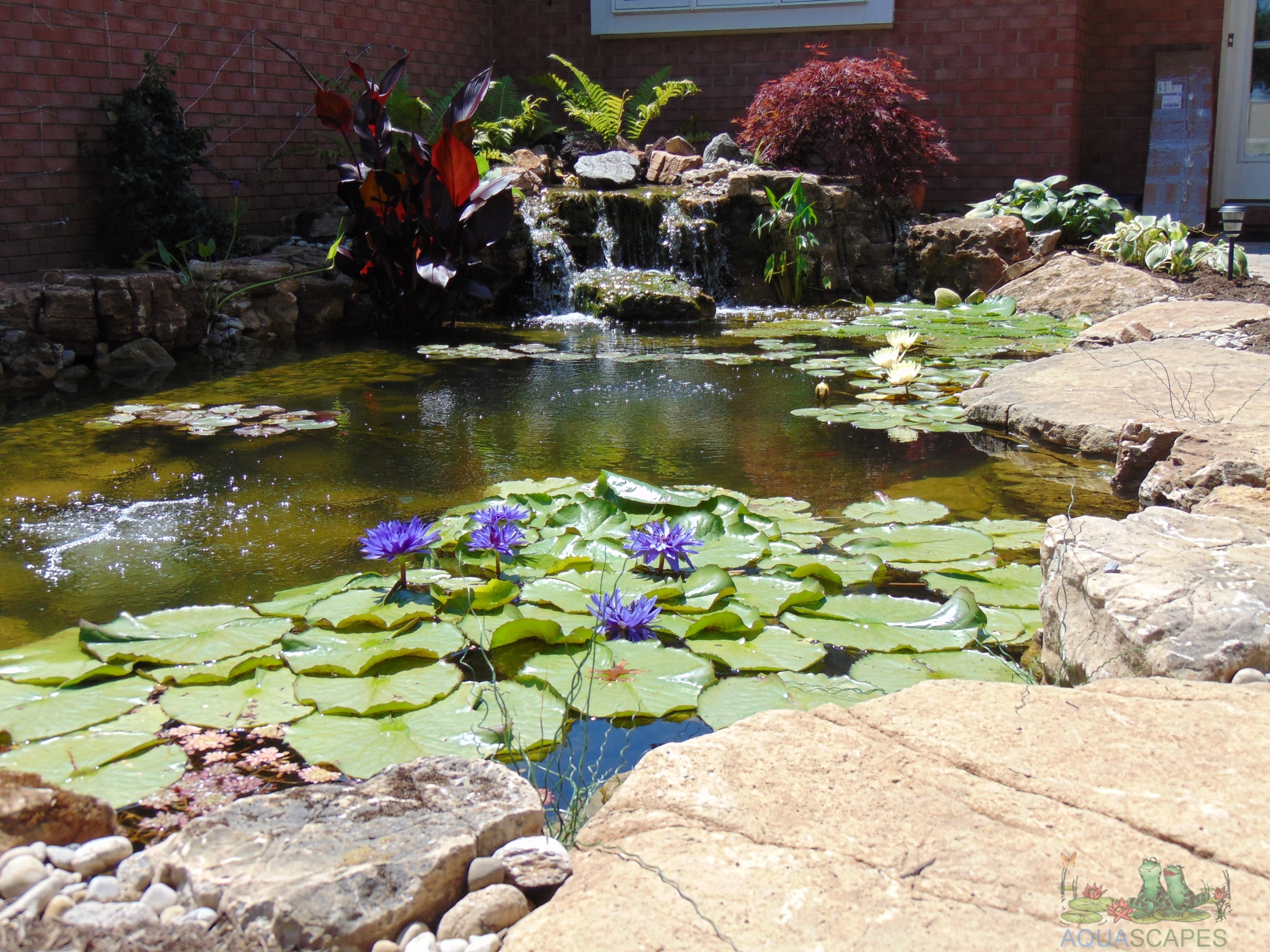Pond Fish Health
These are just a few of the many different factors that can affect fish health in your water garden. Hopefully after reading this article you’ve gained some insight into how ponds work and what it takes for koi and goldfish living in them to stay healthy. It’s also important to remember that even if your pond doesn’t seem perfectly healthy yet, rest assured that with proper filtration and preventive maintenance it will become healthier over time. However small or large your water garden may be, your fish’s health should always be at the forefront of your mind!
Pond Fish Health: Location, Location, Location
The first thing to consider when stocking a new pond is the location of your water garden. Simply put, a fish can’t survive in a place where it can’t get food or oxygen. Since most fish need both food and oxygen to survive, ensure that you have enough plants and other “greens” in the pond for your fish to eat. In addition, sufficient aeration will allow sufficient atmospheric levels for healthy koi and goldfish breathing. The best rule of thumb is that any decomposing plant matter should be eaten by fish almost immediately after death or decomposition occurs so as not to promote poor health conditions such as algae blooms later on in the life of your pond fish. Although this may seem like a lot of work, this is the ideal situation and your pond fish will be much healthier if you can manage this level of maintenance.
Taking care to keep decomposing plant matter from building up in the pond will go a long way toward promoting healthy koi and goldfish living. In addition, choose plants that don’t have a propensity to produce oxygen at night as well as those that don’t require low light conditions to flourish. Finally, avoid adding too many plants if you have large fish such as koi. They may try to eat them all!
Pond Fish Health, Koi, Goldfish & More
Pond Fish Health: Water Quality Is Key for Fish Well-Being
In general, it’s safe to assume that bigger water gardens with more complex filtration systems will be more stable environments for pond fish. These bigger, better filtration systems will help your fish live in a cleaner environment, which in turn reduces the buildup of decomposing plant matter in the water. It’s also important to change 20 percent of your pond water every week (for smaller ponds) or once per month (for large ponds). This may seem like a lot, but it’s necessary for healthy koi and goldfish alike.
The size of the filter is also very important when considering pond fish health; generally speaking, larger filters are healthier than smaller ones. With that said, there are counterarguments to this rule: If you have small koi or other small fish species in your pond – which tend not to be as aggressive or clumsy and thus aren’t very good at breaking filters – it may be more beneficial to use a smaller filter. The benefit is that you can employ a more thorough cleaning process with all the little nooks and crannies of the small filter, which can make your pond water healthier for fish living in it.
Pond Fish Health: Dealing With Algae Blooms
Algae blooms are usually an indicator of high organic matter levels in your pond, such as excessive plant growth, decaying plant matter or uneaten food particles. However, algae blooms rarely result from just one factor; they’re actually caused by several different problems in most cases. If you have algae blooms in your pond and want to avoid them in the future, look for these factors in your pond to determine where exactly they are coming from.
Sometimes algae blooms are simply a sign of too much organic matter in the pond, so it’s important to check if you have enough fish eating all the plant matter in your water garden or if you have too many plants that aren’t being eaten by the fish. Another problem could be that the water needs more aeration because it may be “stagnant” without enough dissolved oxygen. It is also possible that your filter isn’t doing its job, which will allow food particles and other debris to build up until an algae bloom occurs. Finally, another possibility is that there isn’t enough light reaching deeper portions of the pond, which will lead to plants storing more organic matter than they normally would.
Whenever you notice algae blooms in your pond, be prepared to check all these factors in order to determine their source. By doing so, you’ll be able to prevent algae blooms in the future!
If you have any questions or want to know more about pond fish health or water garden maintenance in general, feel free to contact us. We’re here to help you build the best backyard environment for koi and goldfish alike!
Thanks for reading at Meyer Aquascapes! We hope you’ve enjoyed our post on garden pond design. Please leave a comment below if you liked it or have any questions. We’d love to hear from you! Thanks for stopping by!





